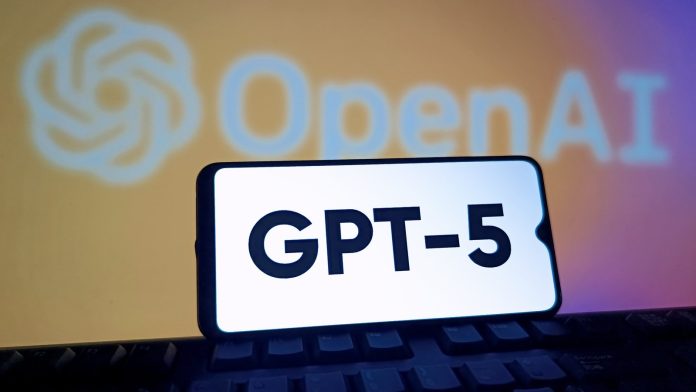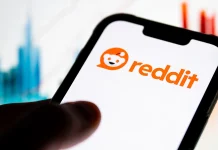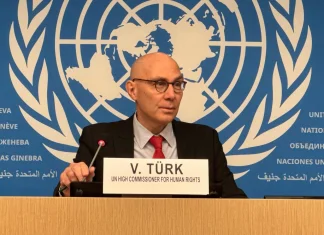GPT-5 Arrives: The Next Chapter in AI’s Global Odyssey
Imagine opening a door to the future—one illuminated by flickering code and humming servers, where the boundaries between human intellect and machine prowess gently blur. This door just swung wide open with the launch of GPT-5, OpenAI’s latest artificial intelligence marvel. It’s a moment that promises to reshape business, culture, and how we think about the very nature of knowledge and creativity.
For over three years, OpenAI’s GPT models have been little miracles of modern technology, enchanting millions worldwide through ChatGPT, the chatbot known for its humanlike wit, empathy, and precision. Now, with 700 million users across the globe, the company’s latest model—GPT-5—is poised to scale new summits.
A Giant Leap or Refined Step?
But amid sparks of excitement, a question simmers: Can GPT-5 truly outshine its predecessor GPT-4 in a way that justifies the astronomical investments pouring into AI infrastructure? Alphabet, Meta, Amazon, and Microsoft—the titans of technology—are funneling a staggering $400 billion this year alone into AI data centers. Microsoft, a major investor in OpenAI, bets big on this technology, fueling dreams and wallets in equal measure.
“If AI is the new oil, then these companies are drilling frantically, hoping to strike black gold,” muses economist and AI commentator Noah Smith. “Yet so far, while consumers have embraced ChatGPT with open arms, businesses are just warming up. Consumer love is vibrant but it alone can’t foot the colossal bills for data centers and development.”
Inside OpenAI’s sleek offices, CEO Sam Altman is upbeat but measured. “GPT-5 is a leap forward,” he boasts, “not just a faster or brighter flashlight in the AI toolbox, but a tool that can feel like you’re consulting a genuine expert—someone with PhD-level command in countless subjects.”
This is no exaggeration. In demos revealed shortly after the launch, GPT-5 dazzled by whipping up fully functional software from simple text prompts—a process dubbed “vibe coding.” Whether you’re an entrepreneur wanting to build an app or a researcher hunting for medical insights, GPT-5 showcases a versatility that edges AI closer to the realm of genuine utility.
A Symphony of Brains and Circuits
Yet, for all its prowess, GPT-5 is not a magic wand. It doesn’t learn independently, a crucial capability needed before AI can truly parallel human flexibility and intuition. Sam Altman is clear: “Autonomous learning is still beyond GPT-5’s reach.” To put it simply, GPT-5 relies heavily on its architects and trainers—humans who nurture its growth like gardeners tending a complex, delicate ecosystem.
Dwarkesh Patel, host of a popular AI podcast, gives a poetic analogy: “It’s like teaching a child saxophone purely through written notes. Each student tries to mimic the last with detailed feedback sheets. But no matter how precise the instructions, the soul of music—the spontaneous creativity—is missing.” GPT-5, then, is a gifted student but not yet a musical maestro.
The Data Dilemma
The journey from GPT-3.5 to GPT-4 was marked by remarkable gains—in 2023, GPT-4 famously soared into the top 10% on a simulated bar exam, a dramatic leap ahead of GPT-3.5’s bottom 10% performance. But as OpenAI pushes forward to GPT-5, deeper challenges emerge.
OpenAI’s former chief scientist Ilya Sutskever recently highlighted a “data wall” blocking progress. These AI behemoths gulp down vast swaths of internet text to learn—but the well of fresh, high-quality data is drying up. Simply adding processing power isn’t enough when the teaching material is running thin.
Plus, training these models isn’t a straightforward task. “Training runs” can be months-long, hardware-intensive marathons, with no guarantees—failures, glitches, and mysterious performance drops lurk at every stage. It’s a high-stakes game of trial and error, pushing the limits of engineering patience and scientific curiosity.
Game-Changer: Test-Time Compute
Amid this complexity, OpenAI has uncovered a profound insight: intelligence doesn’t have to come only from more data or brute processing power. Instead, it can emerge from smarter thinking—in other words, letting the model spend more ‘thinking’ power on tougher questions in real time.
Enter “test-time compute,” a concept debuting publicly for the first time with GPT-5. When faced with a challenging query, GPT-5 taps into this extra computational horsepower, carefully analyzing and refining its response. It’s like a chess player pausing longer on a complex move rather than rushing blindly forward.
Altman describes this as part of OpenAI’s mission to ensure AI’s benefits spread globally and locally: “It’s not just about powerful AI in select hubs, but making AI available in all markets around the world.”
The Global Perspective
AI’s rapid ascent is more than a technological saga—it’s entwined with economic shifts, ethical debates, and cultural transformations. As companies and governments vie to harness AI’s promise, questions loom large:
- How will AI reshape jobs and human creativity?
- Can governance keep pace with technology to protect privacy and fairness?
- Will access to AI deepen global inequalities, or will it offer new bridges?
In cities from Silicon Valley to Bangalore, innovators and skeptics alike watch closely as GPT-5 rolls out. Local entrepreneur Maya Patel in Mumbai shares her optimism and caution: “If GPT-5 can really code complex software from simple ideas, it’s a game-changer for startups here, where resources are limited. But we need transparency and safeguards to steer AI towards being an enabler, not a disruptor.”
Invitation to Reflect
As you sit comfortably reading this, consider the shoes you might fill in the fast-changing world of AI. Would you trust an AI-generated doctor’s diagnosis? Would you employ AI in creating your next business plan or artistic creation? How do you see the balance of human insight versus machine precision evolving?
GPT-5 is not just a software update—it’s a chapter in a grand story about intelligence, collaboration, ambition, and responsibility. And that story is still being written, by programmers, policy-makers, and people like you, navigating new landscapes where the mind meets the machine.
In this moment, captivated by the shimmering possibilities of GPT-5, the world holds its breath—what comes next might just redefine the art of thinking itself.










